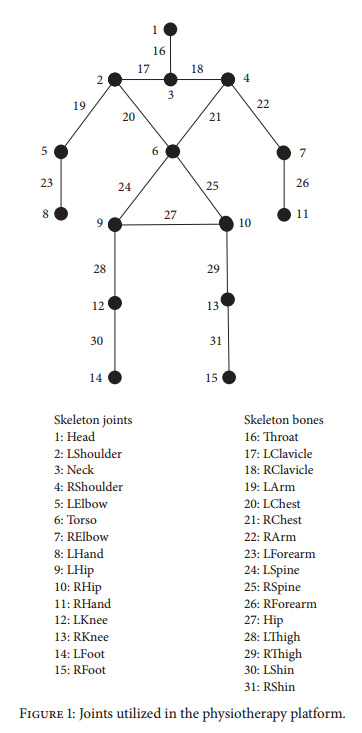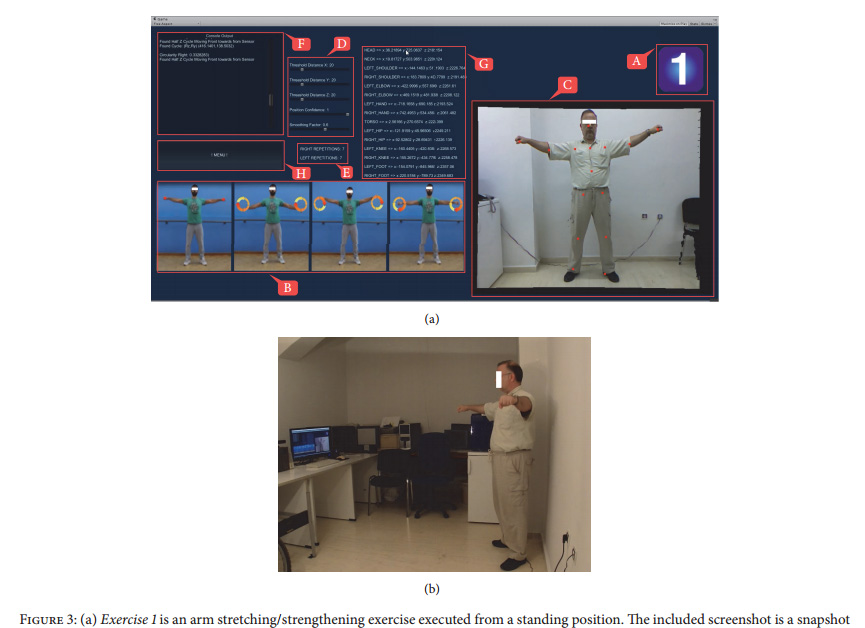This is not the first time ARinMED has talked about the potential for AR to improve the lives of patients with Parkinson’s Disease, but we’re very excited about this update. A new tool is being designed by researchers from the Department of Informatics Engineering of the Technological Educational Institute of Crete in Greece. The tool uses Microsoft’s Kinect to make an AR real-time physiotherapy platform tailored to Parkinson’s Disease (PD) patients, and it not only provides the patient with a personalized physical therapy session, but assesses their progress at the same time.

This is so important because physical therapy assignments that are given with no guidance or feedback can be difficult for patients to keep up with. This tool extracts 3D skeletal data by focusing on the joint movement of the user, who stands facing the Kinect’s depth sensor. The patient is then guided through several exercises, employing linear or circular movement patterns demonstrated by a trainer (on-site or a recording) during the workout, and after an exercise is complete, the appropriate performance metrics are processed and displayed to enable the attending physiotherapist to adjust the exercise to accommodate the patient’s needs. The physiotherapist can use the program to assess proper posture and movement control in real time.

The program can be used in a physiotherapist’s office, or it can be administered as an in-home treatment. The installation costs of a Kinect-based physiotherapy are manageable, with an Intel Core i3 based machine with entry-level graphics costing around $400 (USD), the Kinect sensor closer to $100 USD, and a large, flat-panel television. The room would have to be large enough for the patient to stand about 2-3 meters away from the television and still move around, so that could, admittedly, be a limitation for some people, too. Parkinson’s is a progressive condition that can make it difficult for patients to transport themselves to and from treatment sessions without help, but this technology could connect the patient and the physiotherapist without requiring a face-to-face interaction. That’s what makes this technology so convenient and user-friendly, catering to the needs of patients, especially those with severe or late-stage PD.

Of course, this treatment alone would not replace the necessity for Parkinson’s patients to have regular appointments with their doctors, but it’s a good way to make their lives just a little bit easier. Plus, AR physical therapy technology isn’t limited to just Parkinson’s! It could also be used for the rehabilitation of stroke patients and those recovering from illness or injury. The possibilities are endless, and with the prospect of having a relatively inexpensive system within reach, we’re so excited to see how AR is changing the medical landscape. Do you have suggestions or ideas? Let us know in the comments section!!
Source: https://www.ncbi.nlm.nih.gov/pmc/articles/PMC5086395/pdf/JME2016-9413642.pdf









[…] we’ve talked about augmented reality progressions in Parkinson’s Disease treatment–from physiotherapy to Dancing, just for starters, AR technology is breaking down barriers left and right for the […]